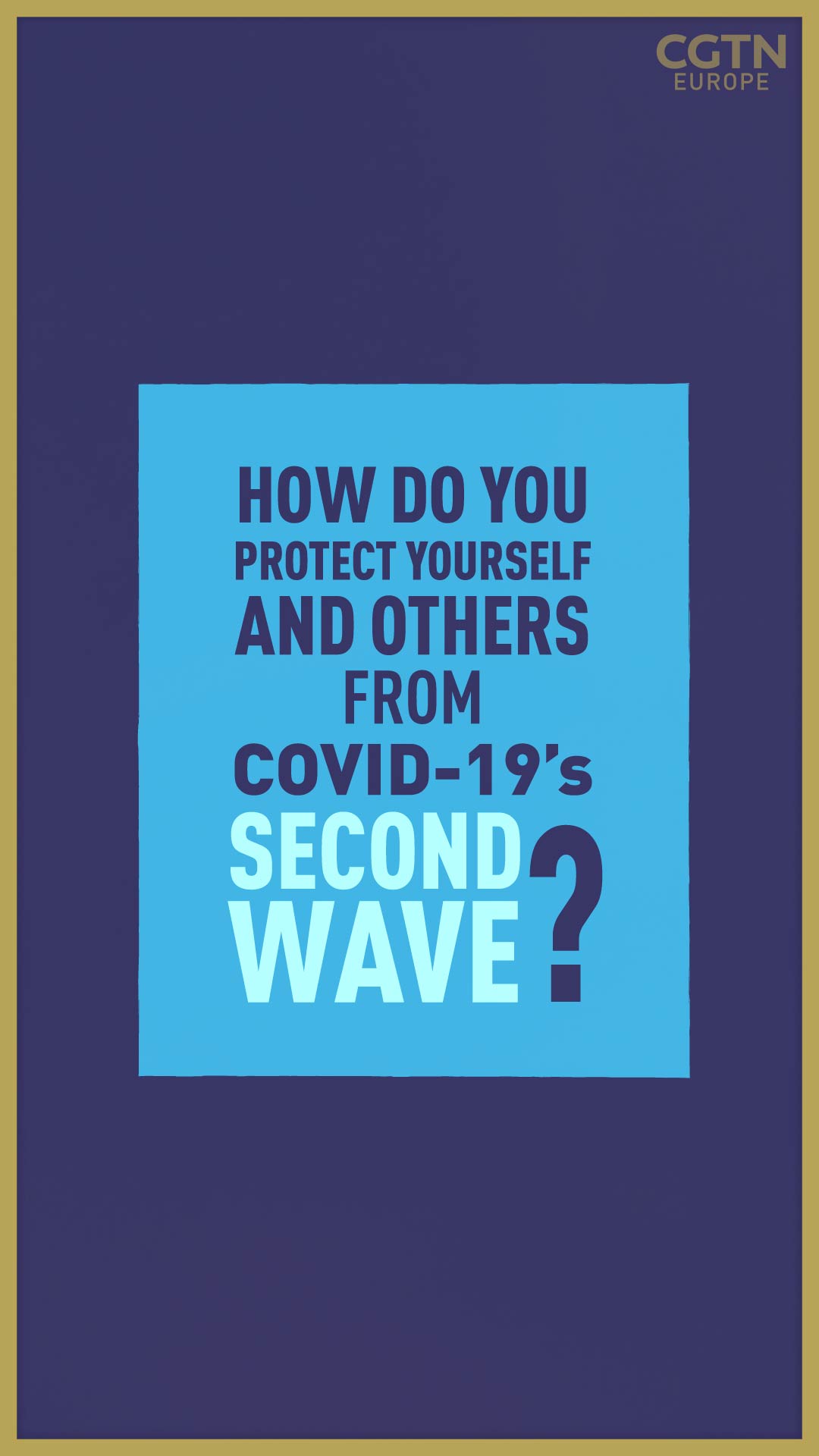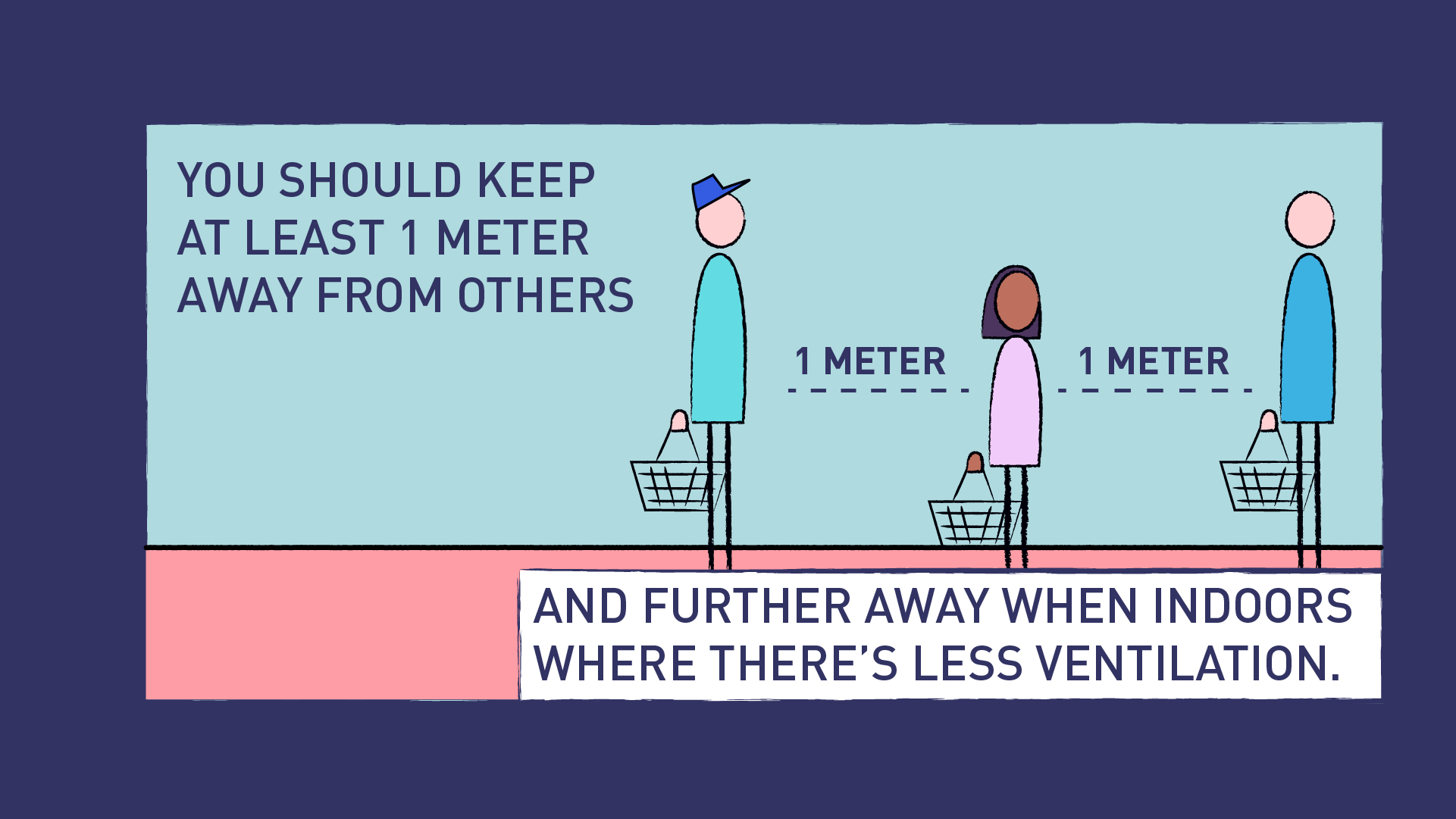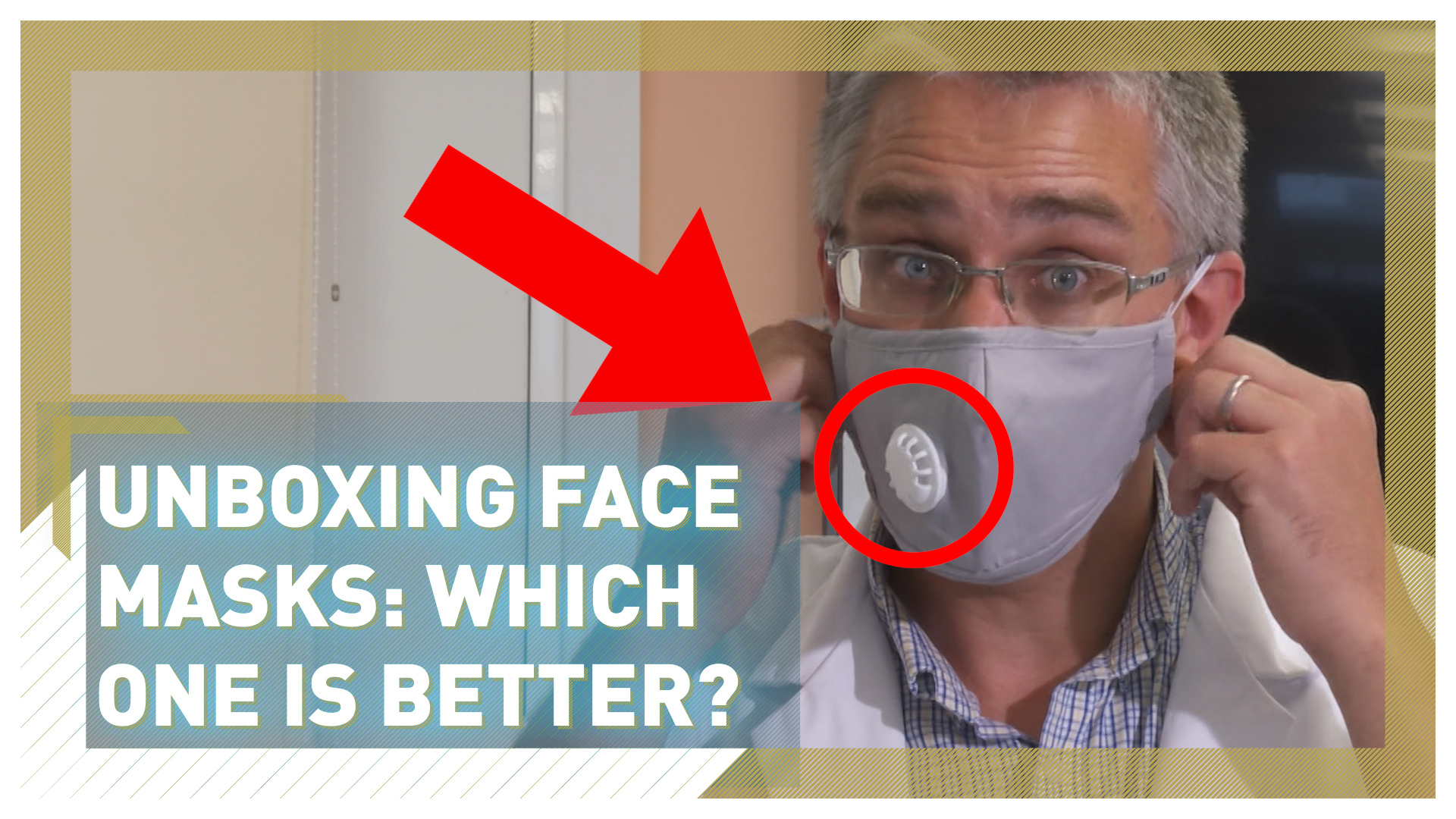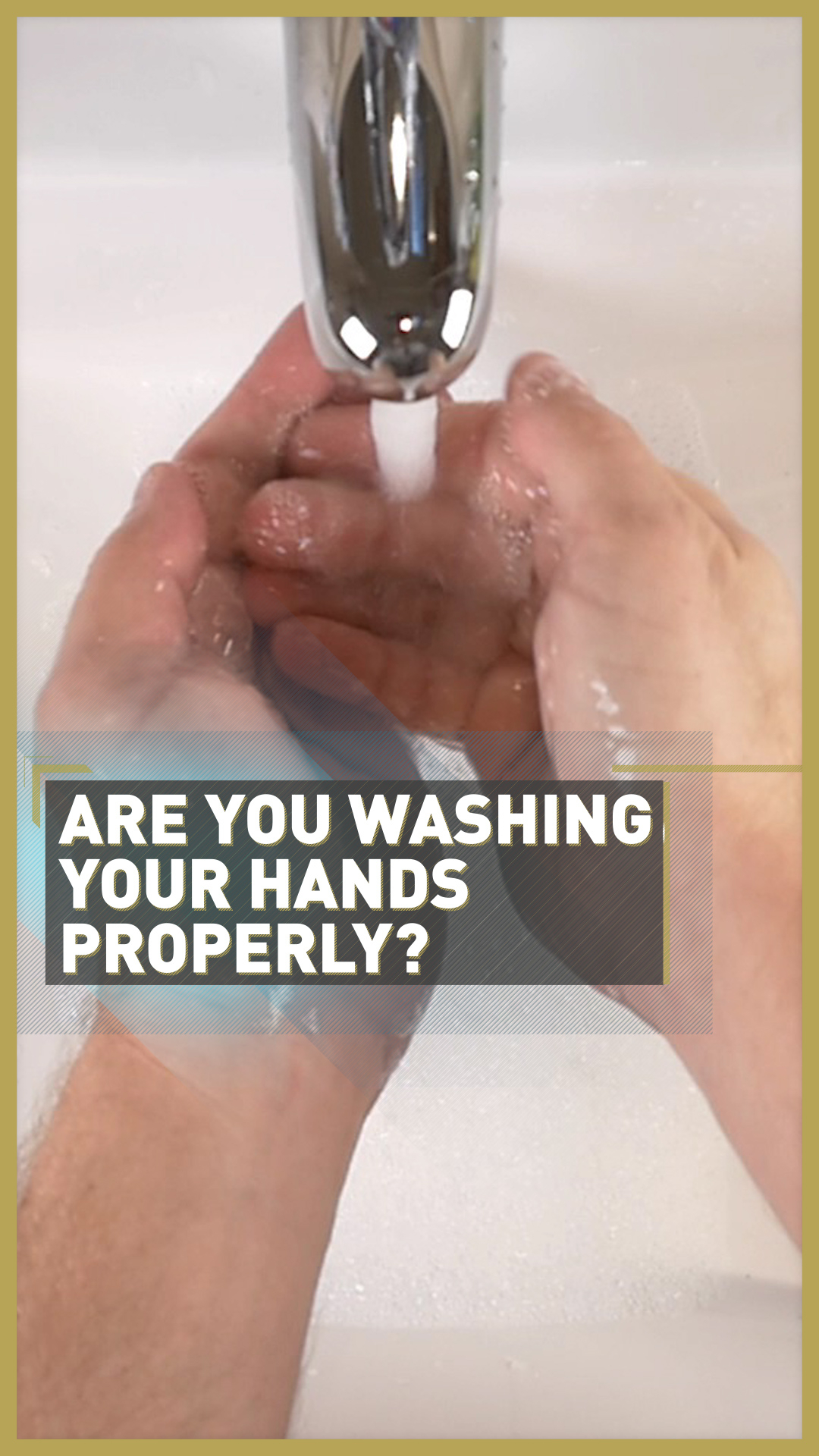03:17

As the second wave of the COVID-19 pandemic continues to surge across Europe, many people are asking how best to protect themselves and others from the virus?
As always, the first thing you should do is to follow government guidance and listen to the restrictions already in place.
These will differ in severity depending on what country you are in. Many governments have already introduced a second lockdown as infections continue to rise and healthcare systems struggle to cope.
Others have implemented new restrictions that fall short of a full lockdown in the hope that this will be enough to slow the spread of the virus.
Unfortunately, the likelihood of returning to a "normal' life is low until a successful vaccine is found. But you can do your bit to help your local community.
The following tips, as approved by the World Health Organization, should be followed so you have the best chance of protecting yourself, your family, friends and strangers you walk past in the street or supermarket.

Maintain social distancing
The World Health Organization has urged people to maintain at least a 1 meter social distance from others, and an even greater distance when indoors where the lack of ventilation is proved to increase the risk of catching the virus.
We know the virus can be passed from person to person in the air through sneezing, coughing and speaking, so allowing space between people will reduce the chance of breathing in the small liquid droplets that could potentially contain the virus.
The 1 meter rule is just a minimum distance, the further away you are from other people, the better as you would be even less likely to breathe in the potentially harmful droplets.

Wear a mask when you're around others
You should include the wearing of a mask into your everyday life, with it being especially important when you are around other people.
The face mask should cover your nose, mouth and chin to allow for the best protection.
You can wear a fabric mask unless you are in a particular risk group or in any of the following groups, in which case you should wear a medical or surgical mask:
- Over 60;
- Have underlying medical conditions;
- Are feeling unwell;
- Are looking after an ill family member.
You should clean your hands before you put your mask on, as well as before and after you take it off your face just in case your hands have touched any infected surfaces, especially in supermarkets and other communal areas.
10:57

Avoid enclosed, crowded or close-contact spaces
The risk of getting COVID-19 is much higher in crowded places as well as in those with poor ventilation.
Outbreaks have been reported in places such as restaurants, choir practices, fitness classes, nightclubs, offices and places of worship, where people talk loudly, shout, sing or breathe heavily.
Instead, consider meeting people outside, where the risk of infection is lower, so therefore safer, especially if the indoor spaces are small and don't have any outdoor air coming in.
If you can't meet outside, the WHO advises people to open a window to allow outdoor air to come in as well as wearing a mask at all times you are inside with someone not from your household.
Wash hands regularly
Wash your hands regularly and thoroughly with either an alcohol-based hand rub or with soap and water.
This will eliminate any germs that you may have picked up by touching surfaces.
You should also avoid touching your eyes, nose and mouth at all times, even if you have washed your hands to reduce the risk of infection.
When you sneeze or cough you should cover your mouth and nose with a tissue or your bent elbow and then dispose of the tissue immediately in a closed bin before washing your hands.
In order to make sure you are not touching infected surfaces, clean and disinfect those that are regularly touched such as door handles, shopping trolleys and even your mobile phone screen.
00:48

Isolate if you have symptoms
Everyone should know the full range of potential symptoms of COVID-19, just in case they begin to experience something they believe may be the virus.
Common symptoms include a fever, a dry cough and tiredness but you may experience a loss of taste or smell, a headache, a sore throat, aches and pains, nasal congestion, red eyes, diarrhoea, or a skin rash.
If you have any of these symptoms, even if they are mild, you should self-isolate until you recover and call your healthcare provider for advice.
If the symptoms are more severe, so if you have a fever, cough and difficulty breathing, you should seek medical attention immediately.
This advise changes regularly, so make sure you keep up to date with the latest information from local and national authorities as well as the WHO.
Animation designer: James Sandifer
Animation words: Aden-Jay Wood
Sign up here to get the COVID-19 Europe bulletin sent directly to your inbox

